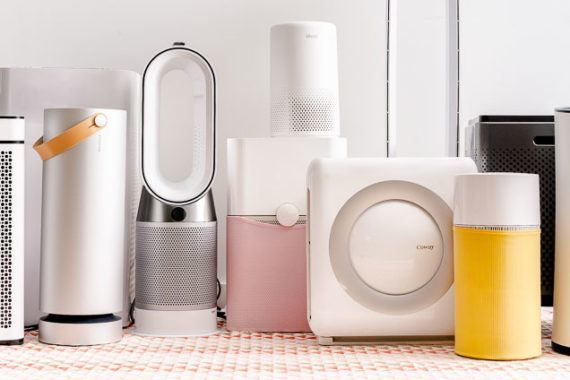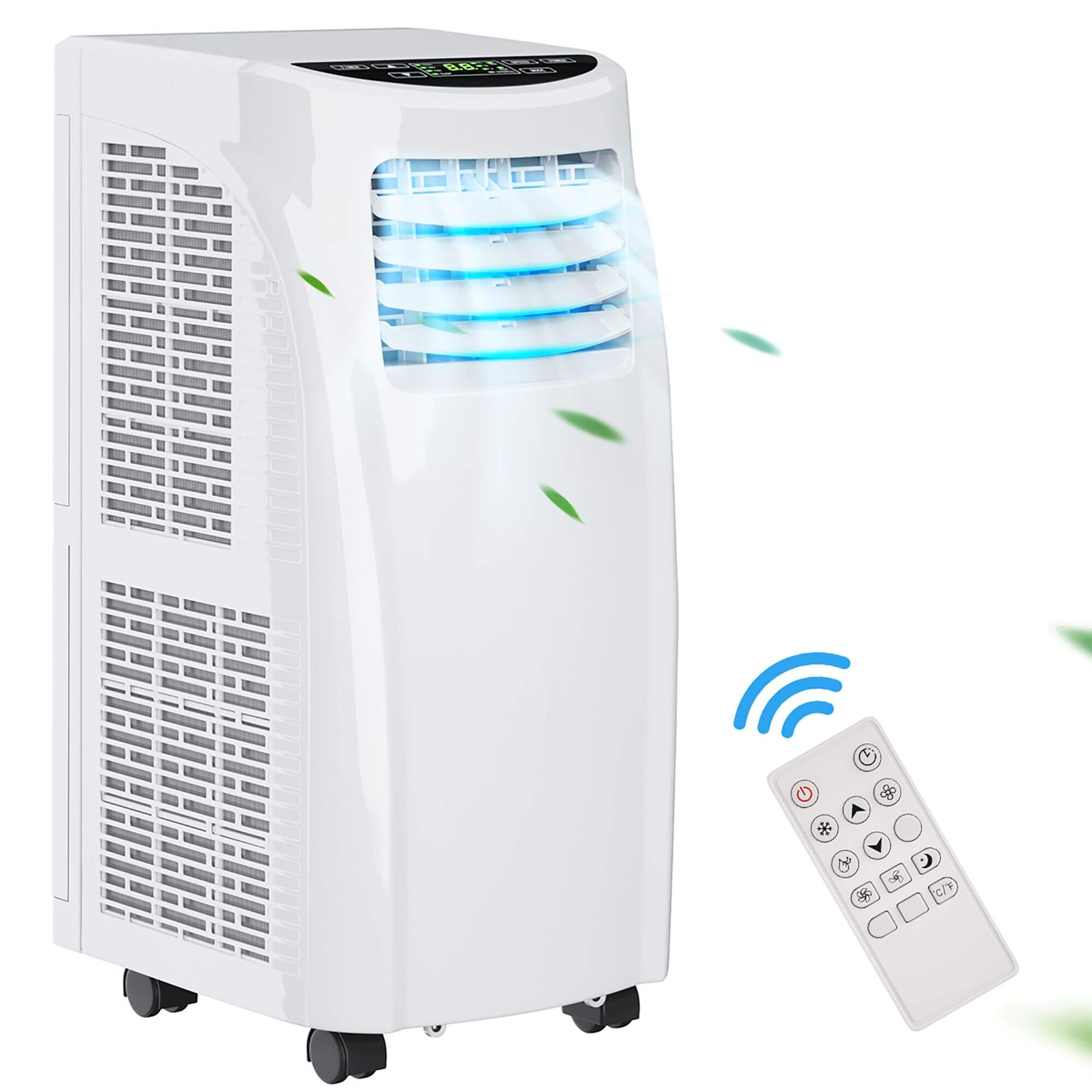When faced with the responsibility of choosing an air purifier or dehumidifier, you should do some research to understand these products better.
Carrying out research in this way will ensure you find the best results for yourself when it comes to comparing the functions of a dehumidifier vs air purifier. These two devices have certain similarities in cleaning the air, and both contain mechanisms by which they produce clean air, and their main purposes will guide you in determining which is best for you and your family.
Fortunately, we will do all of this analysis to better inform your decision-making.
Air purifiers and dehumidifiers are similar in that they both help allergy sufferers by removing allergens from the air to improve air quality and provide them with the cleanest air possible within a given space or room. Their differences lie in their respective processes for improving indoor air quality.
Key Differences Between Air Purifiers and Dehumidifiers:
- Mechanism / How both appliances work
- Humidity level
- Types
- What they are useful for
- Noise levels
Mechanism
Air purifiers remove irritants and airborne contaminants from the air by passing air through air filters. These products improve indoor air quality.
The dehumidifier works by removing excess moisture from the air, creating low humidity levels where high humidity levels prevail by passing air through gels (desiccants) or condensing it to remove moisture.
Humidity Levels
Air purifiers have nothing to do with humidity levels or low humidity levels.
Dehumidifiers take care of excess humidity by removing excess moisture from humid environments.
Types
Types of air purifiers include HEPA filters, generators, adsorbents, ionizing, ozone, and UV light.
Types of dehumidifiers include mechanical or refrigerative, adsorption/desiccant, air conditioners, makeshift, ionic membrane, and electronic.
Useful for
Air purifiers are useful for asthmatic patients, allergy sufferers, and people with general sinus or respiratory issues, removing dust particles, smoke particles, mold spores, pet dander, and other allergens or irritants to create cleaner air.
Dehumidifiers are useful for removing dust mites, mold spores, mildew, a musty smell, and dampness by reducing moisture levels and converting highly humid environments to environments with low humidity levels.
Noise Levels
Air purifier noise levels range from soft to loud.
Dehumidifier noise levels are between average and loud.
What Are Air Purifiers For, and What Are the Common Types?

Air purifiers will be useful if you have a respiratory condition and need the cleanest air you can get. They are also useful if you have allergies that require you to remove mold spores, pet dander, and other allergens from your home. They are for removing contaminants, pollutant particles, and irritants through air filtration.
We will now discuss the types of air purifiers to help you choose the best air purifier.
Common types of air purifiers include:
Filter (HEPA air purifiers)
These are types of air purifiers that use a true HEPA filter (High-Efficiency Particulate Air filter) or which utilize ULPA (Ultra-Low Penetration Air) filters to distribute air, removing dust particles and other irritants.
Ozone generators
These are air purifiers that convert oxygen (O2) into ozone (O3).
Ionizing
Ionic air purifiers utilize a small, powerful electrical field that creates oppositely charged particles, making them come together, separating them from the air.
UV Air Purifiers
This type of air purifier uses ultraviolet light to sterilize air, killing germs and bacteria that may be present. However, this type of air purifier does not remove dust and other particulate irritants. For this reason, it is best to combine this kind of air purifier with other types of purifiers to ensure complete air purification so you can get the cleanest air.
What Are Dehumidifiers For, and What Are the Common Types?

Dehumidifiers serve to get rid of musty smells in indoor air. They maintain low humidity in indoor air by removing excessive moisture that may be present. They also remove dust mites and reduce the risk of worsening respiratory problems. And while they don’t kill mold, they may prevent mold growth.
We will now discuss the types of dehumidifiers to help you choose the best air humidifier suitable for you.
Common types of dehumidifiers include:
Mechanical or Refrigerative Dehumidifier
This is perhaps the most common type available. It sucks in moist air over a refrigerated coil with a small fan attached to it. The air is then condensed, collected, and distributed. This type of dehumidifier is commonly used where the relative humidity is usually 45% and above.
Air Conditioning
By virtue of how these HVAC systems work, an air conditioner is a dehumidifier.
Electronic Dehumidifier
This type of dehumidifier creates a cool surface to condense water vapor from the air using a heat pump. Electronic dehumidifiers are relatively quieter than other humidifiers because their parts or components do not move. This type of humidifier is usually small in size.
Adsorption/Desiccant Style Dehumidifier
This type utilizes humidity-absorbing materials made to move along belts. The humidity-absorbing materials are usually gels.
Makeshift Dehumidifier
This type of dehumidifier works in a similar manner to the mechanical humidifier. They send their heat exhaust back into the air space.
Ionic Membrane
This type of dehumidifier utilizes a specially designed ionic membrane as an ionic pump to distribute humidity at a molecular level. This is usually used in industrial areas.
Conclusion
In the first place, both an air purifier and a dehumidifier are wonderful appliances. The air purifier is better at removing germs, bacteria, and irritants from the air but fails to do anything about humidity. This means that even though it removes spores, the excessive moisture content (if you live in an environment with high humidity levels) will ensure a build-up of mold.
On the other hand, dehumidifiers work by reducing the temperature and the room’s humidity levels, ensuring that molds will not form. However, it does not remove irritants as air purifiers do.
As a result, if your concern is the high amount of pollutants increasingly present in the air these days, the air purifier is your best bet.

